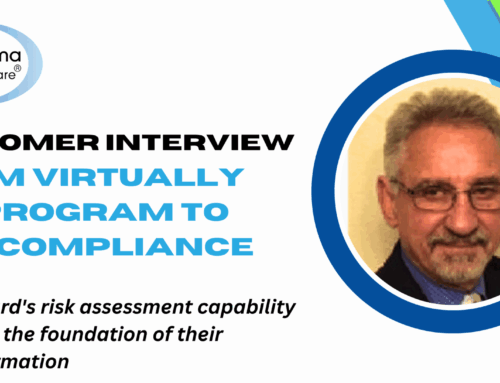
The primary place where healthcare organizations go wrong with their compliance efforts is that their compliance programs are reactive versus proactive. This means that they often have not implemented measures to prevent adverse incidents or cases of noncompliance.
Compliance within the workforce is meant to safeguard patient safety, protect your business from avoidable risks, and also set the standard for the laws and regulations that make up your business and the industry as a whole. Workforce compliance in healthcare involves a comprehensive approach to establishing certain protocols and guidelines and helps maintain a continuously safe working environment.
To better understand the role of workforce compliance in your business, you should know what it is, why it’s important, and the risks of not prioritizing it.
Understanding Workforce Compliance
Workforce compliance, in simple terms, is complying with local, state, and federal laws and regulations and remaining compliant at all times. Essentially, it’s a requirement for any business that sets a certain standard of best workplace practices and ethics. Compliance within the workplace also provides employees with a clear and concise set of guidelines to help them know how to act and conduct business day-to-day within a practice.
In healthcare specifically, compliance includes more than just internal policies and procedures. It also encompasses adherence to more industry-specific regulations such as HIPAA and OSHA standards. It’s important to note that healthcare workforce compliance safety policies aren’t a one-time development. Compliance is a continuous process that requires training and adjustments as new regulations are released across the industry.
The primary functions of compliance within the workplace are to help mitigate risk and to provide an additional layer of protection for both healthcare workers and their patients.
Why Workforce Compliance Is Essential
Workforce compliance is essential for any healthcare organization because it acts as a form of safety and protection not only for a practice but for patient data as well. Consider the fines associated with incidents of noncompliance.
Organizations will enjoy long-term positive effects when presenting compliance expectations to employees at the start of employment and on an as-needed basis after initial training.
These benefits could include enhancing your business reputation, boosting your operational efficiency, and protecting your practice from potential legal consequences. Workforce compliance should be approached in a proactive way rather than reactive so that businesses get the most out of the opportunity for better risk mitigation. Remember that noncompliance incidents lead to significant penalties and other adverse outcomes.
For example, they often trigger substantial fines and even the loss of accreditation. For some, depending on how well-equipped you are to settle and manage to pay hefty fines, an organization may face facility closure or temporary long-term downtimes. Workforce compliance is essential to a business’s operations and reputation, which is why many healthcare organizations prioritize adopting compliance software solutions.
Primary Strategies to Ensure Compliance Through Your Company
Healthcare organizations should implement three key strategies to effectively manage healthcare workforce compliance.
1. Continuous Training
Regular and updated training is essential to keep staff informed about the latest industry regulations, new compliance requirements, and best practices outlined by the actual company.
Continuous training should include formal training sessions as well as ongoing education. This could be done through e-learning, company newsletters, compliance workshops, and 1:1 training sessions as needed.
2. Clear Policies and Procedures
Compliance officers should develop and distribute clear policies and procedures at the start of each employee’s employment term.
Keep in mind that your policies and procedures should remain easily accessible to all employees and regularly updated as the industry’s regulations shift or the organization’s practices change.
3. Regular Audits and Continued Monitoring
Conducting regular audits and compliance checks helps identify any potential gaps in workforce compliance safety. Additionally, regular audits help businesses avoid legal penalties, help prevent fraud and abuse, and enhance the safety of patient data.
Navigating Workforce Compliance
Healthcare compliance is a critical aspect of healthcare operations and practice management. The primary purpose of workforce compliance is to provide an additional sense of security for a business, set the standard for both organizational and industry expectations, and reduce the risk of financial or legal harm to a company.
To learn how to enhance your compliance efforts, start by scheduling a demo today.









